8 Home Remedies To Get Rid Of Scalp Fungus & Prevention Tips
Skip harsh shampoos or ointments and try some natural solutions to ward off the fungal infection.
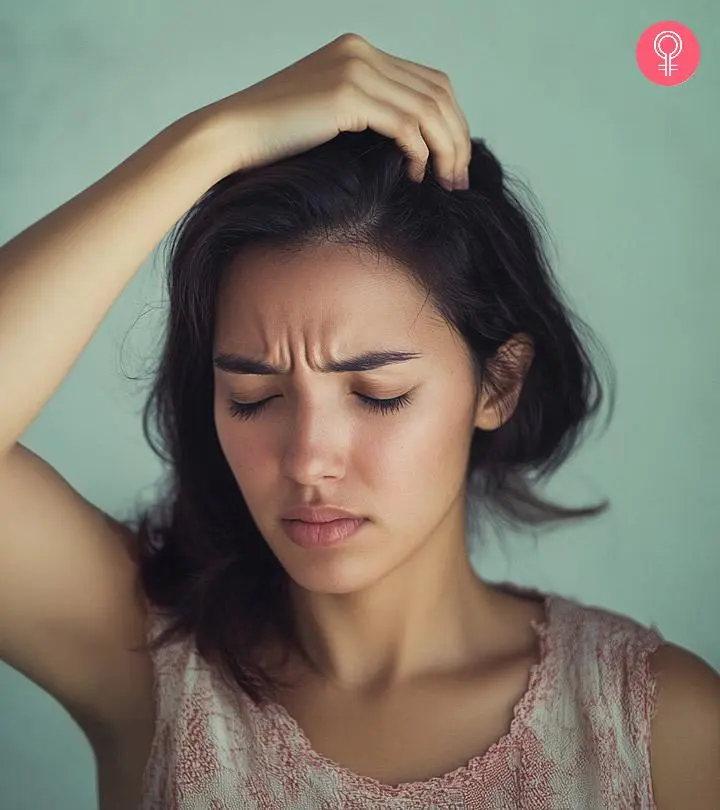
Image: Midjourney/ StyleCraze Design Team
If your scalp has been itching uncontrollably with flaking skin and pus-filled boils, you may want to get yourself checked for scalp fungus. The dead skin cells of your scalp may lead to the build-up of dirt and debris when they combine with oil and pollutants. These not only clog your hair follicles, leading to folliculitis, but also cause fungal infections.

Lack of proper hair hygiene, infrequent washing, excess oiling or combing your hair regularly, or using harsh chemicals and dyes on your hair can increase the risk of a fungal scalp infection.
Continue reading to learn more about fungal scalp infections and some natural home treatments for the same.
In This Article
What Is A Fungal Scalp Infection?
A scalp fungus infection, as the term suggests, is a fungal infection on the scalp.
Certain types of harmless fungi exist on your skin. When provided with appropriate environmental conditions, these fungi can multiply and cause an infection.
Fungal infections can occur anywhere on or inside the body. But they are more common on the feet, fingernails, and scalp. Scalp fungal inflammation weakens the hair and could lead to hair breakage and partial alopecia or hair loss patches. Let’s take a look at the causes.
Key Takeaways
- Scalp fungus may be caused by factors like bad hygiene, excessive sweating, and the use of harsh hair products.
- Home remedies such as tea tree oil, garlic, apple cider vinegar, and coconut oil may help in treating fungal scalp infection.
- Keep your scalp dry and clean to prevent fungal scalp infection.
- Practice proper hygiene and follow a healthy diet.
- If home remedies fail or the hair fungus is severe, it is advised to see a specialist.
What Causes A Fungal Infection On The Scalp?
Candida is one of the most common types of fungus known to trigger infections. There are more than 20 species of Candida that have been identified. However, most Candida infections are caused by Candida albicans.
More than 1000 people in the US seem to die every year due to candida infection. According to the data, approximately 7,199 deaths have occurred due to this fungal infection in the United States during 2018–2025.
Some factors that can contribute to fungal growth on your skin and scalp are:
- Certain medical conditions
- An unhealthy diet
- Stress
- Presence of certain harsh chemicals in hair care products
- Lack of personal hygiene
- Cuts or injuries on the scalp
- Sharing towels or hairbrush with people who have fungus in the scalp
How do you know if you have a fungal scalp infection?
Signs And Symptoms
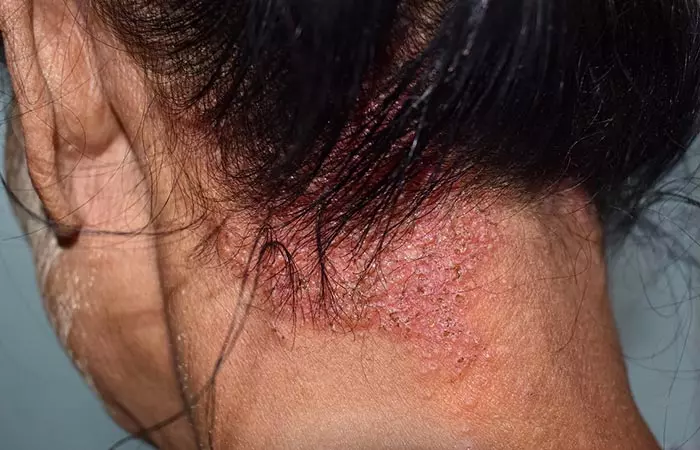
The common signs and symptoms of a fungal scalp infection are:
- A reddish or purplish rash on the scalp that may flake
- White flakes on the scalp that may also shed
- Pus-filled white or yellow boils on the scalp
- Soft, moist, and/or white patches on the scalp
These are the common symptoms associated with scalp fungus infection. However, if you are not sure, it is best to consult a healthcare provider for a detailed diagnosis.
Diagnosis Of Scalp Fungal Infections
Your healthcare provider can diagnose a scalp fungus infection in different ways, which may include:
- Physical Exam: The doctor examines the scalp for signs of infection and asks about symptoms you have been noticing.
- Skin Or Hair Sample: A small sample is taken from the scalp and tested in a lab for fungus.
- Wood’s Lamp: Ultraviolet light is used to check if the fungus glows on the scalp.
- KOH Test: A scalp scraping is taken from a small area, which is then treated with potassium hydroxide and examined under a microscope for fungus.
- Culture Test: A sample is grown in a lab to identify the type of fungus.
Once the diagnosis is done, the doctor may plan the treatment according to the type of fungus. Learn about the common types of fungus that may affect your scalp.
Types Of Fungus On Your Scalp
- Microsporum
It is a group of fungi that causes tinea capitis, a type of fungal infection of the scalp (1). This fungus can penetrate the sheath of the roots in the hair follicle and get into the hair shaft. Tinea capitis can be inflammatory and non-inflammatory, and may even lead to hair loss.
- Malassezia
It is a type of yeast that naturally occurs on the skin, including the scalp. It causes skin issues such as seborrheic dermatitis (also called dandruff when it occurs on the scalp), pityriasis versicolor, and Malassezia folliculitis (2). You can treat it with antifungal and anti-inflammatory medicines recommended by a dermatologist. This fungus also causes dandruff, which can be easily managed with proper treatment and home remedies. If you want to know how to eliminate dandruff, do check our best tips on how to get rid of dandruff naturally.
- Trichophyton
It is a common cause of fungal skin infections, including conditions like athlete’s foot, ringworm, and tinea capitis (scalp ringworm). Trichophyton infections typically manifest as itchy, red, and scaly skin rashes (1).
Most fungal infections can be treated easily using over-the-counter treatments in the form of shampoos, foams, and ointments. But if you are looking for natural alternatives to treat the infection, the list below may help.
8 Natural Remedies To Get Rid Of A Fungal Scalp Infection
1. Apple Cider Vinegar
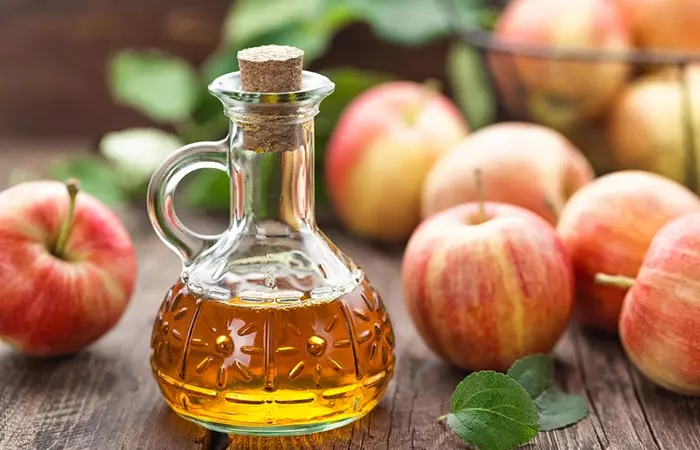
Apple cider vinegar has antifungal properties (3). These properties may help in getting rid of the fungi causing the infection. Using apple cider vinegar is easy, as you can mix it with your hair masks or follow this recipe.
You Will Need
- 1 cup of apple cider vinegar (ACV)
- 2 cups of water
What You Have To Do
- Add a cup of ACV to two cups of water.
- Rinse your hair with this solution.
How Often You Should Do This
You can do this 2-3 times a week.
Caution: If you have cuts, wounds, or significant irritation on your scalp, do not use ACV since it may cause a burning sensation and worsen the condition.
2. Lemon
Lemons are citrus fruits with antimicrobial activities that may help treat a fungal scalp infection (4).
You Will Need
- 1 teaspoon of lemon juice
- 1 cup of water
What You Have To Do
- Add a teaspoon of lemon juice to a cup of water.
- Mix well and rinse your scalp with this mixture before you take a shower. Leave it on for 10-15 minutes.
- Go about your regular shower routine.
How Often You Should Do This
You can do this 2-3 times a week.
Caution: Lemon has astringent properties that can dry out your scalp. Therefore, use it in the recommended quantity.
3. Baking Soda
Baking soda, or sodium bicarbonate as it is popularly known, exhibits antifungal activity
(5). Hence, it may help in treating scalp fungus.
You Will Need
- 1 tablespoon of baking soda
- 1 cup of water
What You Have To Do
- Add a tablespoon of baking soda to a cup of water.
- Mix well and add the solution to your shampoo.
- Massage it into your scalp for a few minutes.
- Rinse thoroughly with water.
How Often You Should Do This
You can do this multiple times a week.
Caution: Before using baking soda, always dilute it with water to avoid burning sensations or excessive dryness of the scalp.
4. Neem Oil
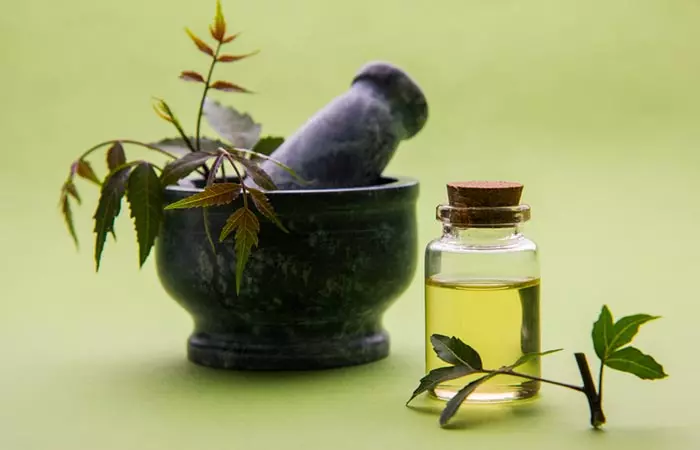
Neem oil exhibits antifungal activity due to the presence of nimonol (6). This can help in dealing with a fungal scalp infection.
You Will Need
- 2 teaspoons of neem oil
- 1 tablespoon of coconut oil
What You Have To Do
- Add two teaspoons of neem oil to a tablespoon of coconut oil.
- Mix well and apply it to your scalp and hair.
- Leave it on for at least 30-60 minutes before rinsing it off with a mild shampoo.
How Often You Should Do This
You may do this 2-3 times a week.
Caution: Reduce or stop using neem oil and consult a dermatologist if you develop burning, irritation, or extreme dryness.
5. Castor Oil
Castor oil contains ricinoleate, which imparts powerful antifungal properties to it and can help you get rid of the fungi causing the infection (7).
You Will Need
- 1 tablespoon of cold-pressed castor oil
- 1 tablespoon of coconut oil
What You Have To Do
- Mix a tablespoon each of cold-pressed castor oil and coconut oil.
- Apply the mixture to the scalp. Spread the remaining oil onto the rest of your hair.
- Leave it on for 30 minutes or more.
- Rinse your hair with a mild shampoo and condition it.
How Often You Should Do This
You can do this 1-2 times a week.
Caution: Castor oil may irritate eyes if it gets in them, so exercise caution when applying it.
6. Tea Tree Essential Oil

Tea tree oil exhibits antifungal actions and has membrane-altering effects on fungi (8).
You Will Need
- 3-4 drops of tea tree oil
- 1-2 tablespoons of sweet almond oil
What You Have To Do
- Add two to three drops of tea tree oil to one to two tablespoons of sweet almond oil.
- Mix well and apply it to your scalp and hair.
- Leave it on for 30-60 minutes and rinse it off with a mild cleanser.
How Often You Should Do This
Do this at least twice a week.
Caution: Tea tree oil is extremely potent. Hence, use in the recommended quantity and after diluting with a carrier oil.
7. Garlic
Garlic possesses significant inhibitory effects against fungi, which may be effective in treating a fungal scalp infection (9). These properties may help in getting rid of the fungi causing the infection.
You Will Need
- 2-3 cloves of crushed garlic
- 2 tablespoons of coconut or olive oil
What You Have To Do
- Crush two to three cloves of peeled garlic.
- Add the crushed garlic to two tablespoons of coconut/olive oil and heat it for 1-2 minutes.
- Strain the oil out.
- Apply the oil to the scalp and hair.
- Leave it on for 1-2 hours before rinsing it off with a mild shampoo.
How Often You Should Do This
You may do this 1-2 times a week.
Caution: Garlic may burn your scalp if left on for a long period. Do a patch test before using this remedy.
8. Coconut Oil
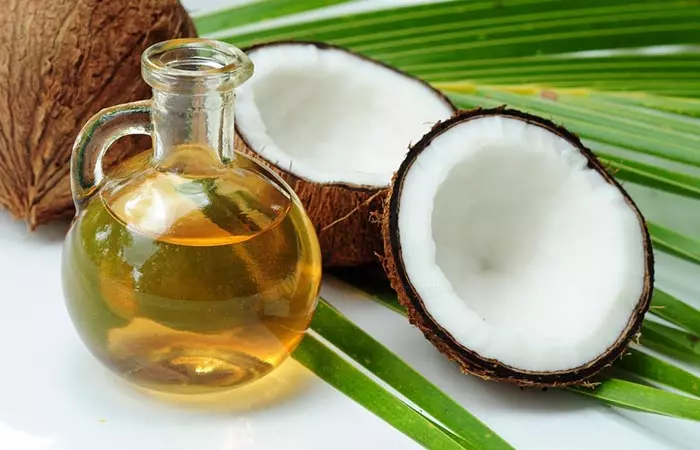
Coconut oil exhibits excellent antifungal activities and is also one of the best oils for healthy hair growth (10). These properties may help in getting rid of the fungi causing the infection.
You Will Need
1-2 tablespoons of coconut oil
What You Have To Do
- Massage coconut oil gently into your scalp. Leave it on for 1-2 hours.
- Rinse it off with a mild cleanser and condition your hair.
How Often You Should Do This
Do this at least once a week.
Caution: If you have an oily scalp, coconut oil can make it greasier and worsen conditions like seborrheic dermatitis.
Note: Consult a doctor before attempting any new hair fungal remedies, especially if you are pregnant or breastfeeding, have underlying medical conditions, or have allergies.
 Quick Tip
Quick TipOther than these, you can also try onion juice for dandruff, as it is believed to give promising results. These remedies may help get rid of the fungal infection in your scalp. However, if the issue prolongs, it is best to consult your doctor. For more serious infections, a doctor may prescribe antifungal medications or other treatments. These are oral medications and help fight the fungus from the inside. However, you may also have to make a few lifestyle changes to prevent the recurrence of the infection. The following prevention tips may help.
How To Prevent A Fungal Scalp Infection
- Bathe regularly and practice healthy hygiene.
- Keep your scalp dry and clean and avoid sweating.
- Follow a well-balanced and healthy diet.
- Limit your intake of starchy and sugary foods.
- Limit alcohol intake.
- Do not go overboard with antibiotics and steroids.
- Allow your scalp to breathe by limiting the use of hats, caps, or scarves.
- Do not share personal items such as combs and towels.
- Choose chemical-free hair products.
- Drink 8-11 glasses or about 2-3 litres of water daily to keep your scalp barrier healthy.
- Avoid thick, oily products that can clog hair follicles and cause fungi to grow.
- Cover your head when using public pools, saunas, or gyms.
- If you have an existing scalp infection, treat it right away to stop it from spreading.
Alex Kouras, a fitness and lifestyle blogger, shared his personal journey with dandruff in a video. He said, “Removing yeast and grains from my nutrition has helped me cure ninety percent of my dandruff and seborrheic dermatitis with nearly immediate results (i).” This dietary change lead to reduced scalp itchiness, flakes, and redness.
 Quick Tip
Quick TipWhile scalp infections are quite common, they are also easily treatable. Following the remedies discussed above regularly and taking the required precautions can not only treat the infection but also prevent its recurrence.
Infographic: Other Serious Symptoms Of Fungal Scalp Infection Caused By Ringworm
Ringworm of the scalp is a fungal infection that needs prompt medical attention to prevent permanent hair loss and scalp scarring. Check the infographic below to learn about the other serious symptoms of this scalp infection and seek medical guidance promptly.
Some thing wrong with infographic shortcode. please verify shortcode syntax
An overgrowth of fungus on the scalp may present as flaky rashes, pus-filled boils, and scalp irritation. Harsh chemicals in haircare and styling products, infrequent or improper hair washing, sharing personal items with those who have a fungal infection, some medical conditions, stress, and an unhealthy diet are some of the most prominent reasons behind a scalp fungus infection. Natural remedies to treat such an infection include the use of apple cider vinegar, tea tree oil, castor oil, baking soda, lemon, coconut oil, or garlic. It is, however, best to consult a medical professional in case these remedies don’t work or it is a severe infection like ringworm. In that case, you may use these treatment options with your healthcare provider’s guidance along with other prescribed treatment options.
Frequently Asked Questions
Can candida cause hair loss?
Yes, it can cause hair loss. If you are dealing with a fungal scalp infection, your scalp might have accumulated a lot of dead skin cells and flakes. Scratching the affected area frequently or using drying hair products on it can cause some hair loss.
What kind of shampoo should you use for hair fungus?
Medicated over-the-counter antifungal shampoos can prevent the spread of hair fungus. However, if you are looking for natural alternatives, any of the above remedies will do the trick.
Is dandruff a fungus?
Dr.K.Harish Kumar, MD, DVL, says that while dandruff itself is not a fungus, it is caused by a naturally-occurring fungus called Malassezia globosa. There are other scalp issues that you might easily confuse for dandruff such as seborrheic dermatitis and cradle cap. However, cradle cap only occurs in infants. Seborrheic dermatitis is a chronic form of dandruff, with redness and itchiness as symptoms.
How to differentiate between scalp fungus and other scalp conditions?
Scalp fungus often shows up as round, scaly patches, itching, hair loss in those spots, and sometimes redness or swelling. Other scalp conditions, like dandruff or psoriasis, can cause flakes and irritation but usually do not cause hair loss, unless left untreated for a long time, or round patches seen with fungal infections. Since symptoms can be similar, it is important to see a doctor for a proper diagnosis.
How to grow your hair back after a scalp fungal infection?
Some fungal scalp infections can cause an increase in hair fall. However, after successful treatment, your hair should grow back in 6-12 months.
My hair smells when wet. Is this a fungus?
If your hair always smells when wet, it is most probably due to the presence of a fungus called mildew. When the hair is left damp and tied for extended periods, it can lead to the development of mildew. Sweating excessively can also cause this fungal growth.
Should I completely shave my head to get rid of dandruff? Will it help fight against the fungus problem?
No, shaving your hair will not help dandruff. Instead, if your oil and wash your hair more regularly and follow the remedies discussed above religiously, you will notice fungal scalp infections like dandruff disappearing. You can instead try some home remedies for itchy scalp and dandruff.
When to see a doctor for a fungal scalp infection?
According to Dr. K. Harsish Kumar, MD, DVL, you need to see a doctor immediately if:
- The scalp appears unusually colored or scaly.
- You notice hair loss in patches.
- The scalp itches and/or bleeds.
What is the difference between ringworm of the scalp and a scalp yeast infection?
Both ringworm and yeast infections are fungal growths that can occur on the scalp. While a scalp yeast infection may cause an increase in hair loss due to the accumulating dead skin cells on the scalp, tinea capitis or ringworm of the scalp may result in itchy and scaly round patches in the scalp with some bald spots. Other symptoms of both these fungal infections are almost the same – like a flaky, itchy, or discolored scalp.
Is scalp fungus contagious?
While scalp yeast fungus caused by Candida is generally not contagious, ringworm fungus is. Hence, people with weakened immunity must practice extra caution.
Can scalp infection spread to the brain?
Scalp infections can risk causing cerebral abscesses. Hence, they should not be taken lightly. Timely measures are key to avoiding unintended outcomes.
Illustration: Home Remedies To Get Rid Of Scalp Fungus & Prevention Tips
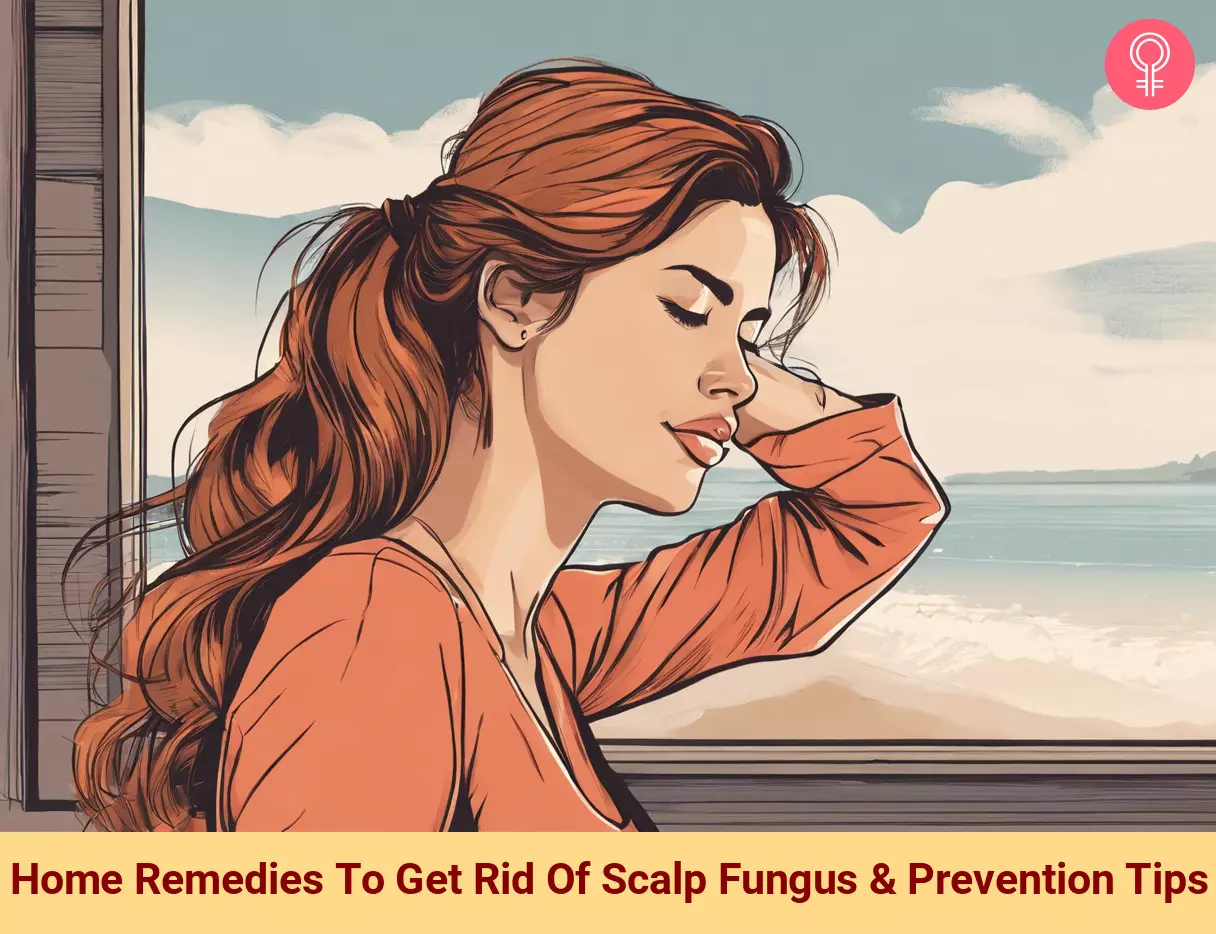
Image: Stable Diffusion/StyleCraze Design Team
References
Articles on StyleCraze are backed by verified information from peer-reviewed and academic research papers, reputed organizations, research institutions, and medical associations to ensure accuracy and relevance. Read our editorial policy to learn more.
- Tinea Capitis, US National Library Of Medicine, National Institutes of Health.
https://www.ncbi.nlm.nih.gov/books/NBK536909/ - Malassezia-associated skin diseases, the use of diagnostics and treatment, Frontiers in Cellular and Infection Microbiology, US National Library Of Medicine, National Institutes of Health.
https://www.ncbi.nlm.nih.gov/pmc/articles/PMC7098993/ - Antifungal Activity of Apple Cider Vinegar on Candida Species Involved in Denture Stomatitis. Journal of Prosthodontics, US National Library Of Medicine, National Institutes of Health.
https://pubmed.ncbi.nlm.nih.gov/25219289/ - Phytochemical, antimicrobial, and antioxidant activities of different citrus juice concentrates, Food, Science and Nutrition, US National Library Of Medicine, National Institutes of Health.
https://www.ncbi.nlm.nih.gov/pmc/articles/PMC4708628/ - Antifungal activity of sodium bicarbonate against fungal agents causing superficial infections.Mycopathologia, US National Library Of Medicine, National Institutes of Health.
https://pubmed.ncbi.nlm.nih.gov/22991095/ - Antifungal activity of different neem leaf extracts and the nimonol against some important human pathogens, Brazilian Journal Of Microbiology, US National Library Of Medicine, National Institutes of Health.
https://www.ncbi.nlm.nih.gov/pmc/articles/PMC3768785/ - Synthesis and evaluation of antioxidant and antifungal activities of novel ricinoleate-based lipoconjugates of phenolic acids.Food Chemistry, US National Library Of Medicine, National Institutes of Health.
https://pubmed.ncbi.nlm.nih.gov/23442675/ - Antifungal effects of Melaleuca alternifolia (tea tree) oil and its components on Candida albicans, Candida glabrata, and Saccharomyces cerevisiae.Journal of Antimicrobial Chemotherapy, US National Library Of Medicine, National Institutes of Health.
https://pubmed.ncbi.nlm.nih.gov/15140856/ - Antifungal effects of Allium sativum (garlic) extract against the Aspergillus species involved in otomycosis.Letters in Applied Microbiology, US National Library Of Medicine, National Institutes of Health.
https://pubmed.ncbi.nlm.nih.gov/7765862/ - In vitro antimicrobial properties of coconut oil on Candida species in Ibadan, Nigeria, Journal of Medicinal Food, US National Library Of Medicine, National Institutes of Health.
https://pubmed.ncbi.nlm.nih.gov/17651080/ - Potential use of essential oils in cosmetic and dermatological hair products: A review
https://repositorio.usp.br/directbitstream/46e0b9d4-8bcc-43f6-81cb-8a7957b061e9/jocd.14286.pdf
Read full bio of Dr. K. Harish Kumar
Read full bio of Shaheen Naser
Read full bio of Anjali Sayee
Read full bio of Monomita Chakraborty






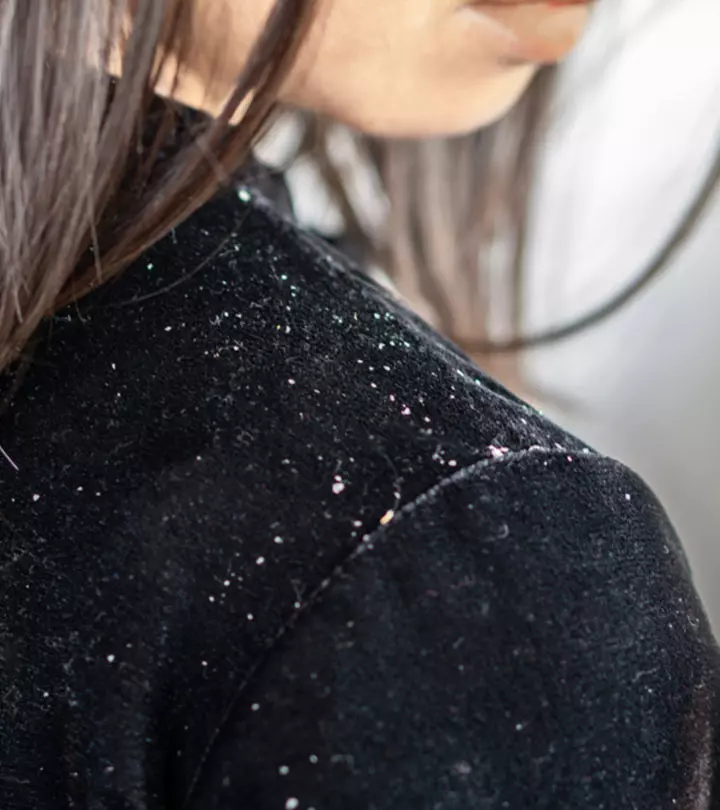

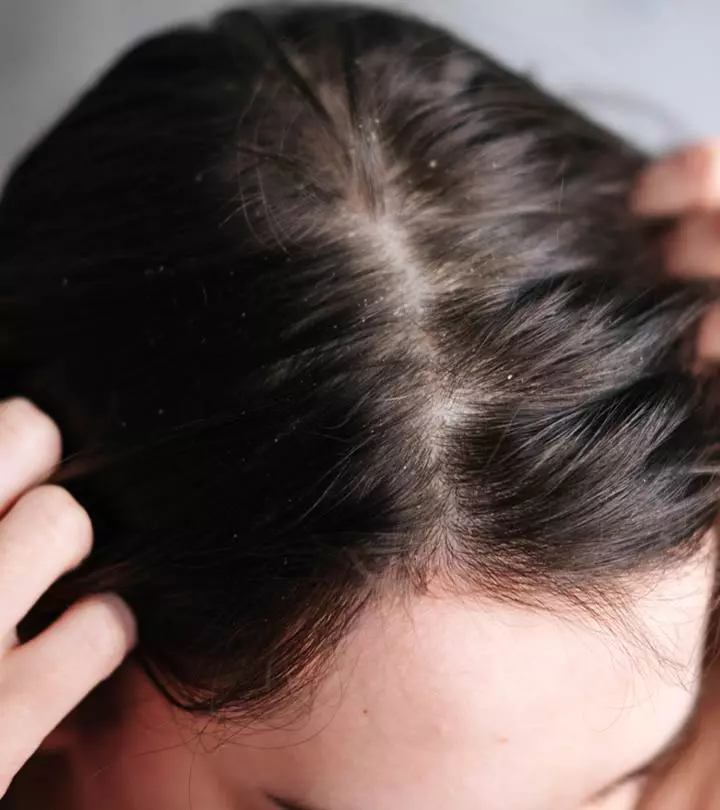
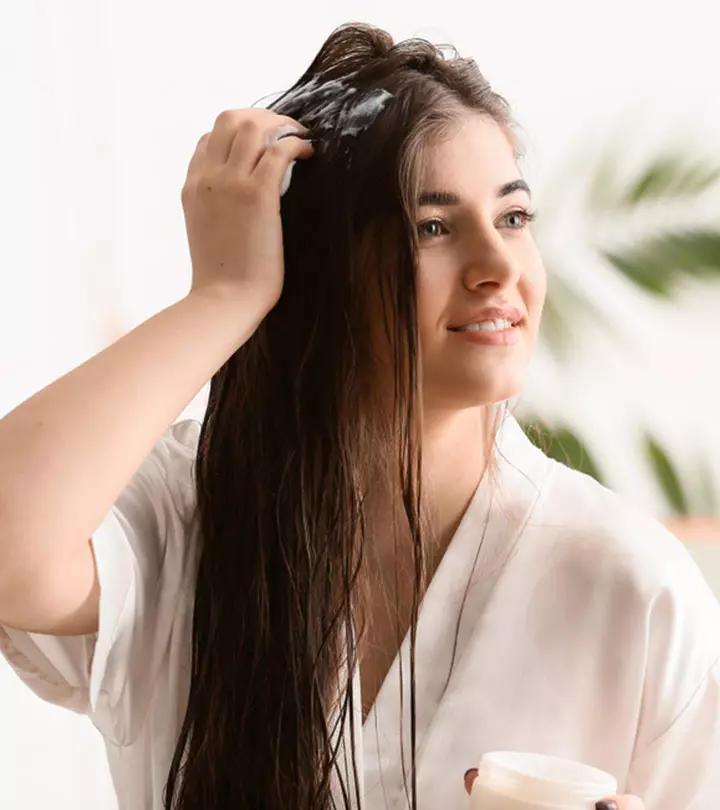
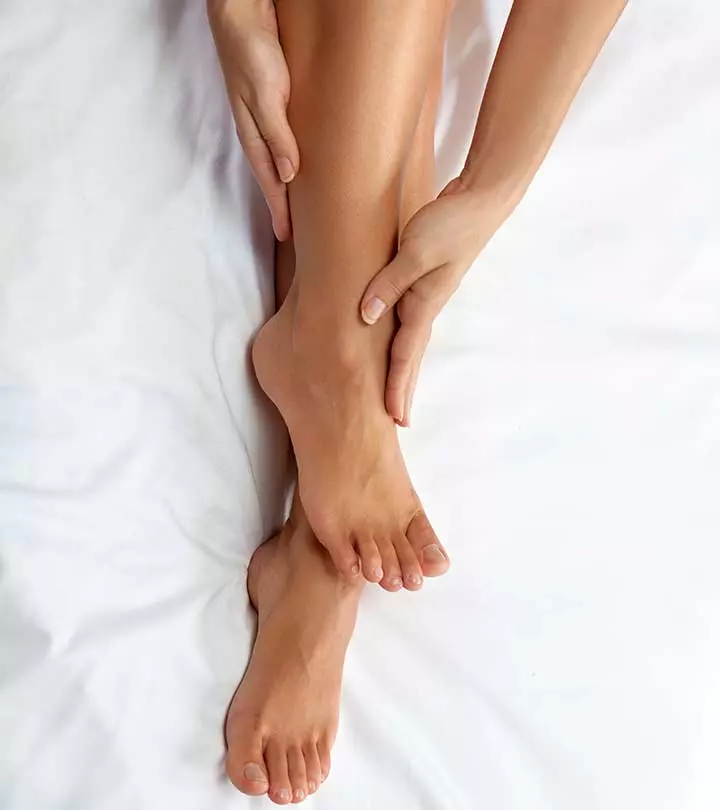

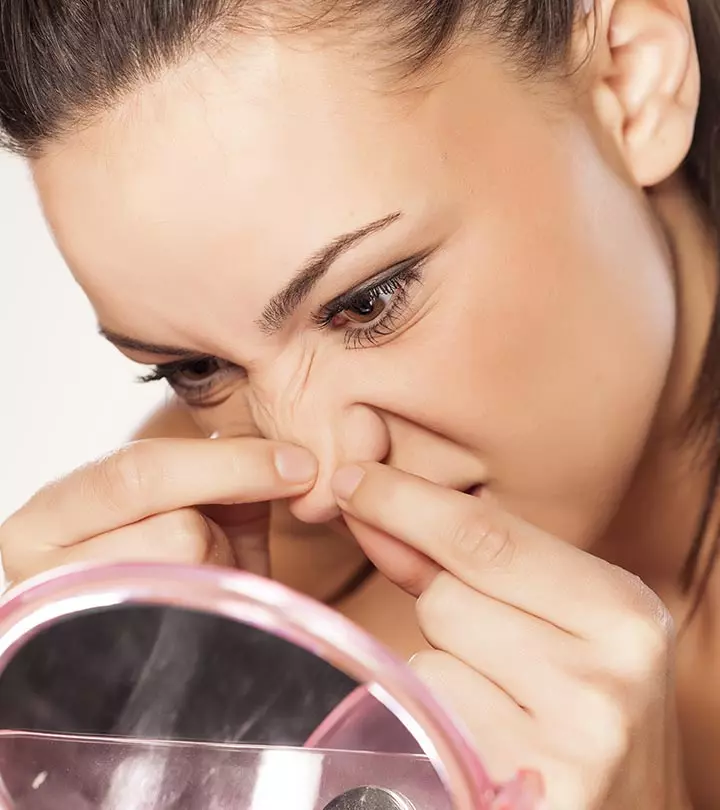
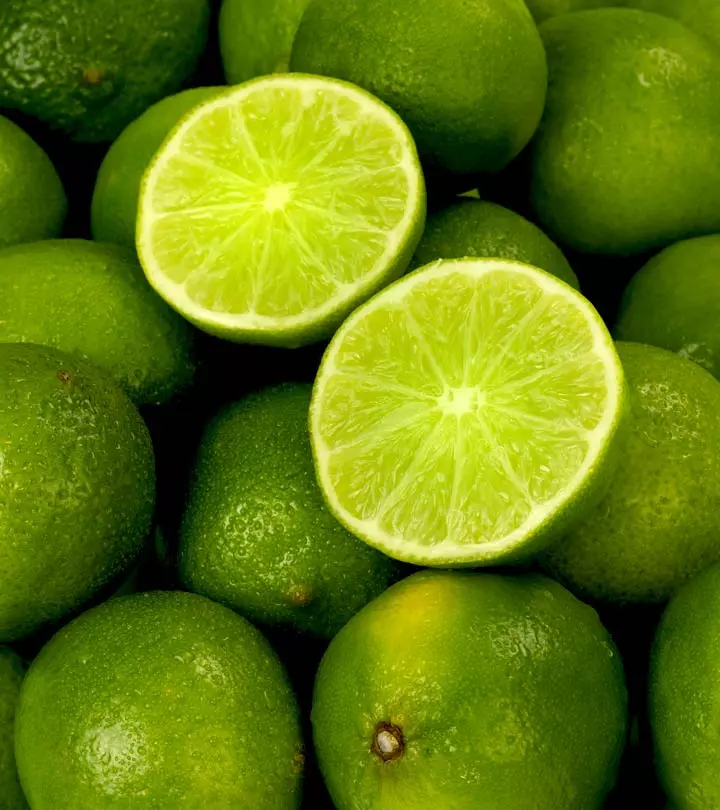
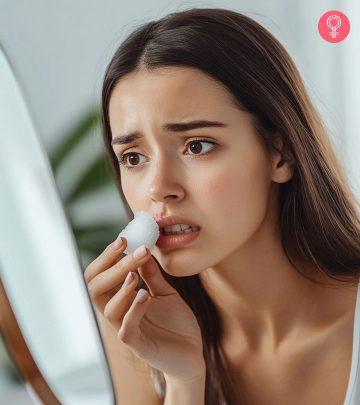
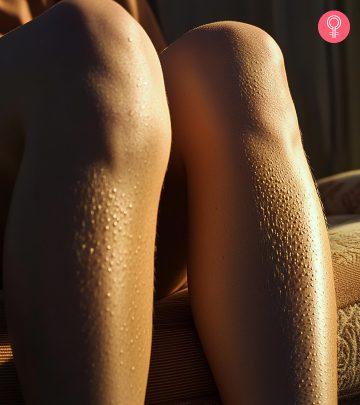
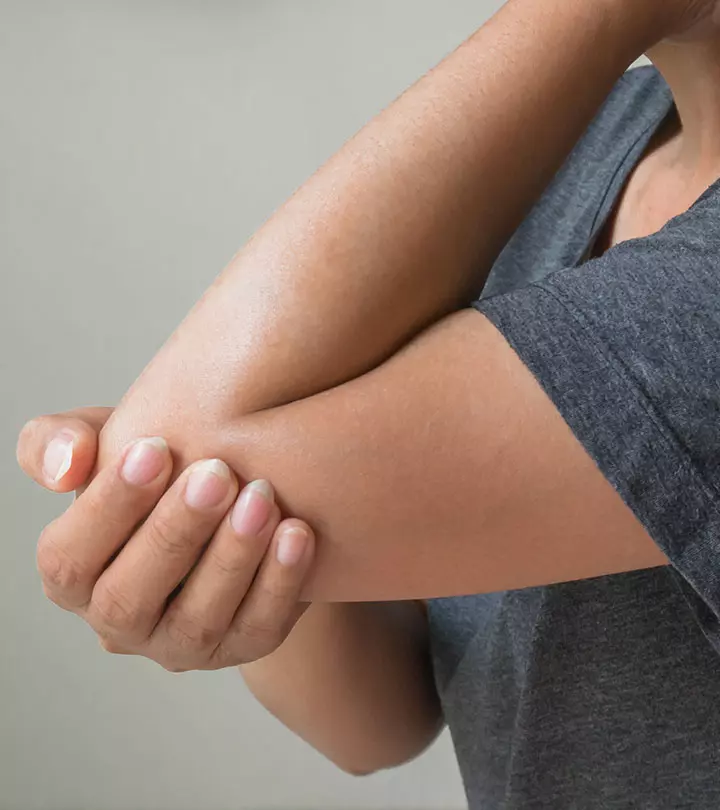


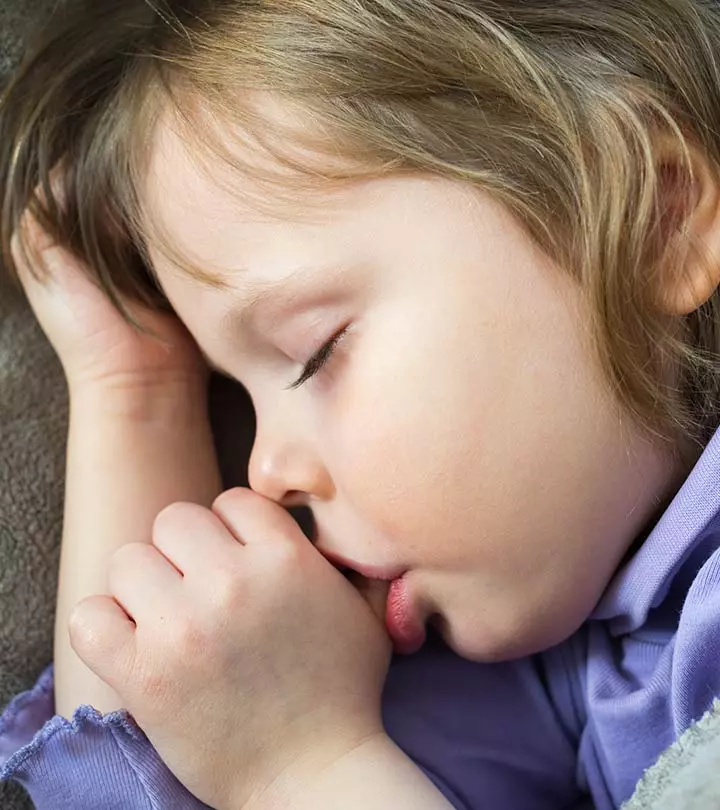


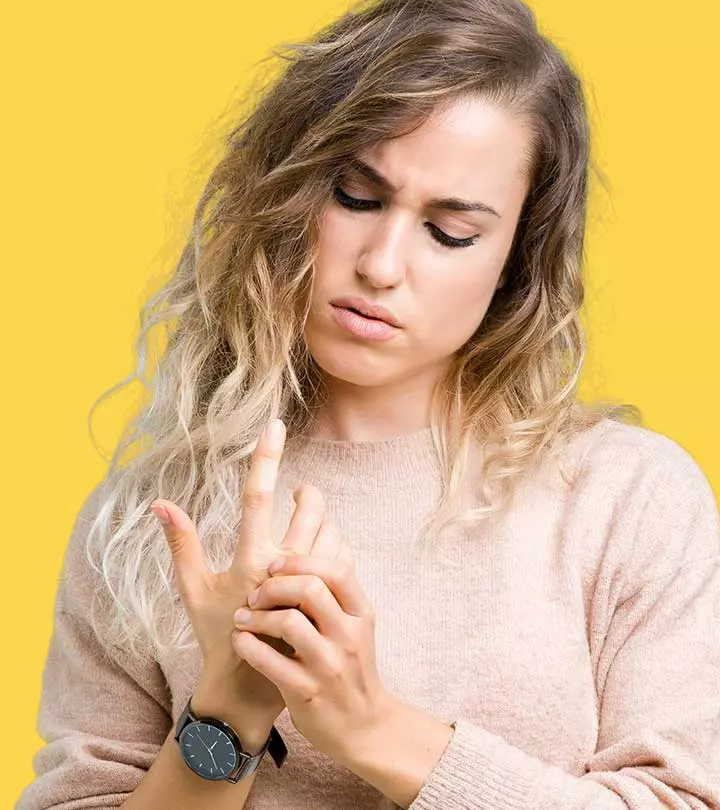
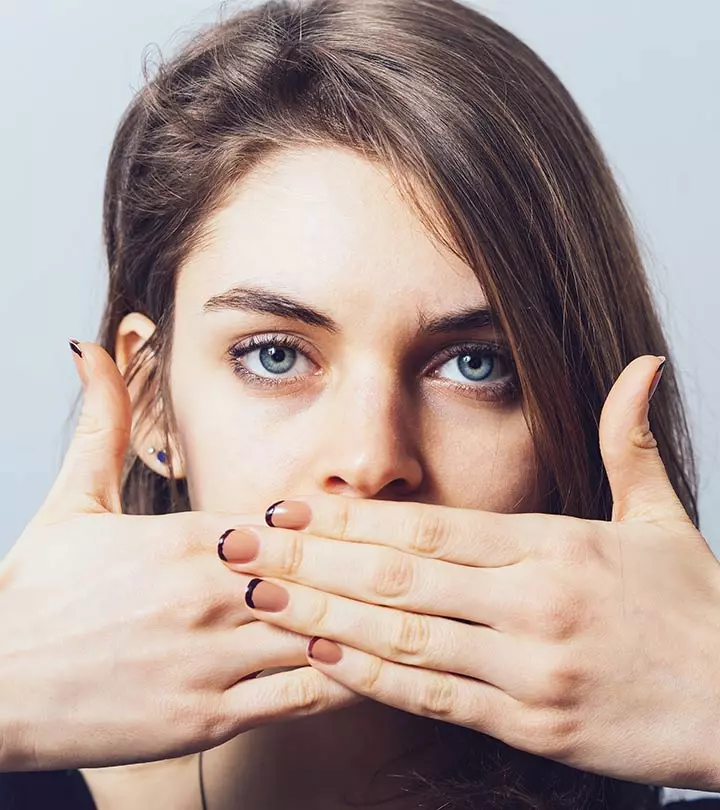

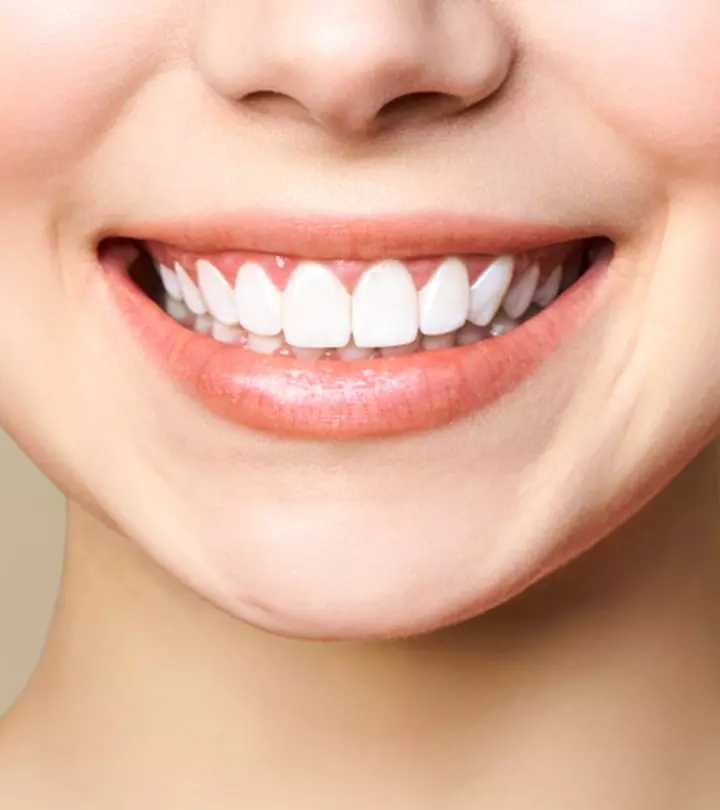
Community Experiences
Join the conversation and become a part of our empowering community! Share your stories, experiences, and insights to connect with other beauty, lifestyle, and health enthusiasts.